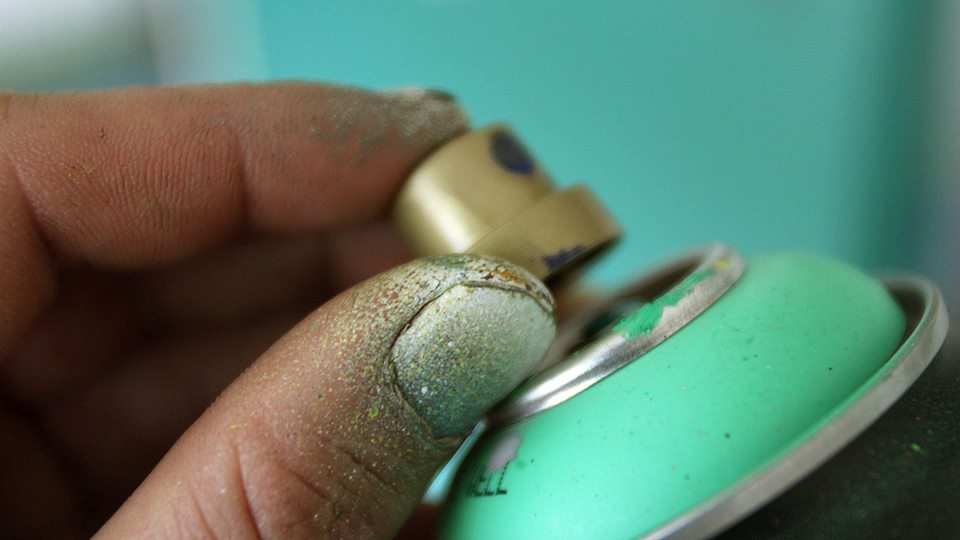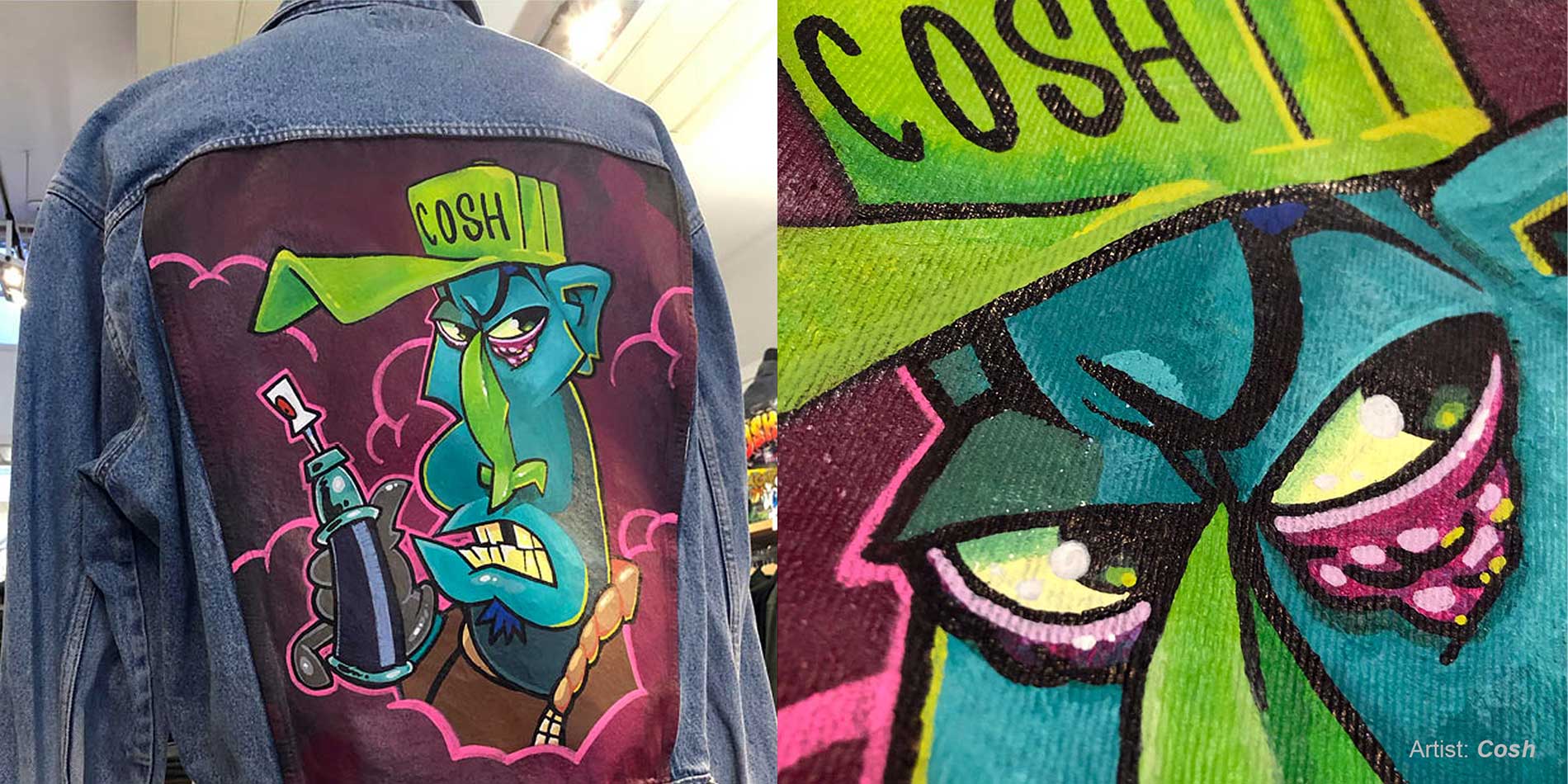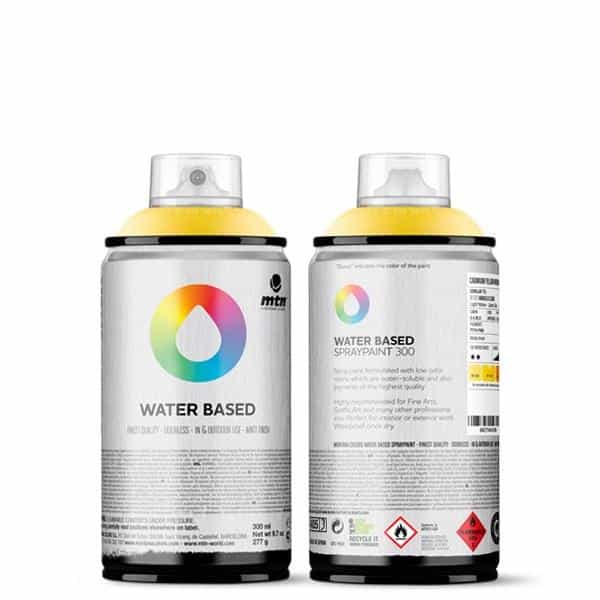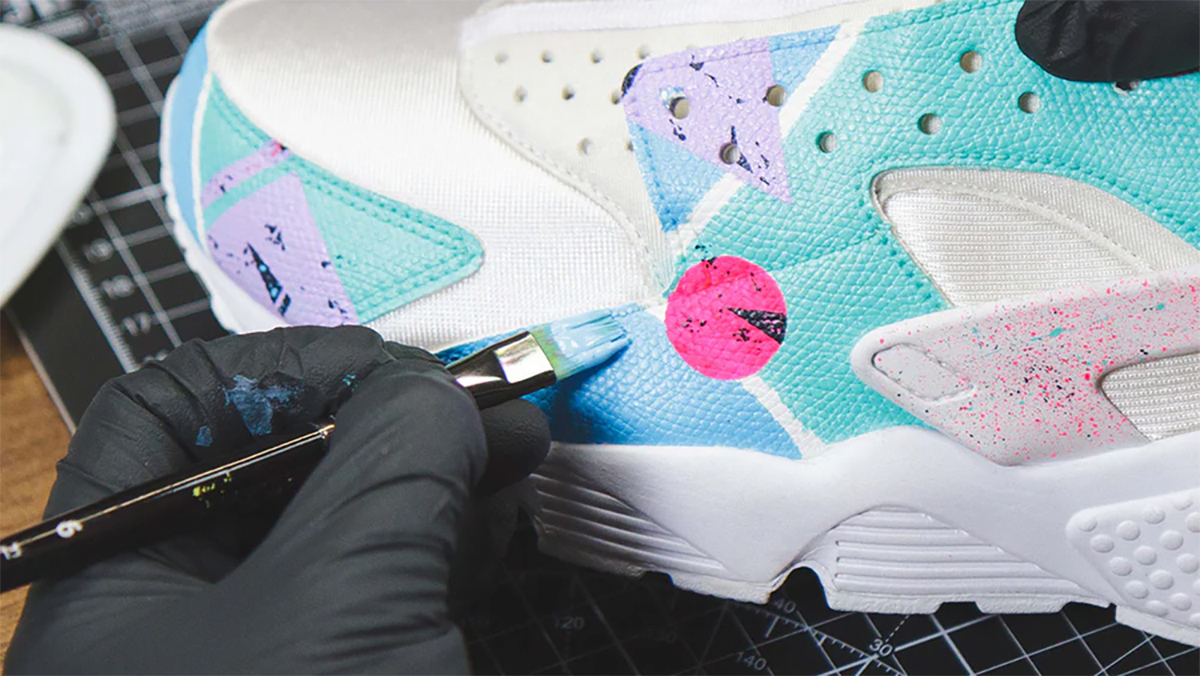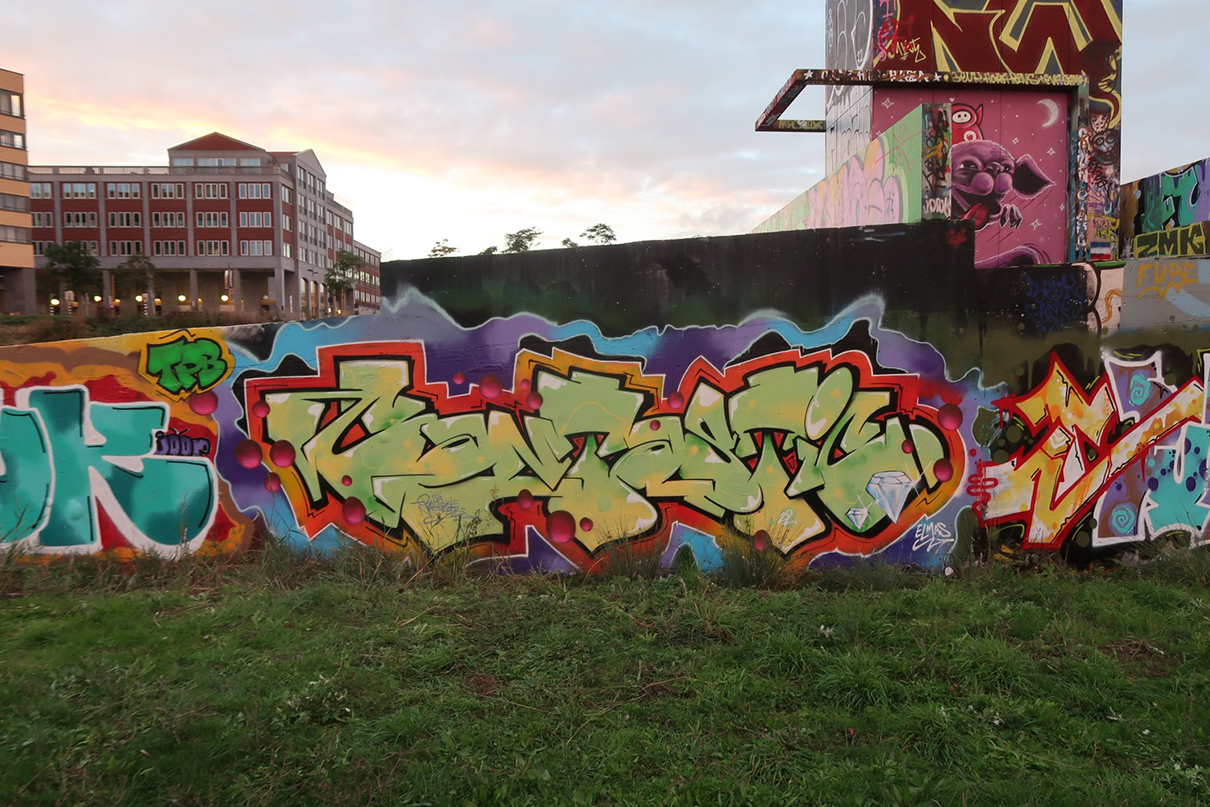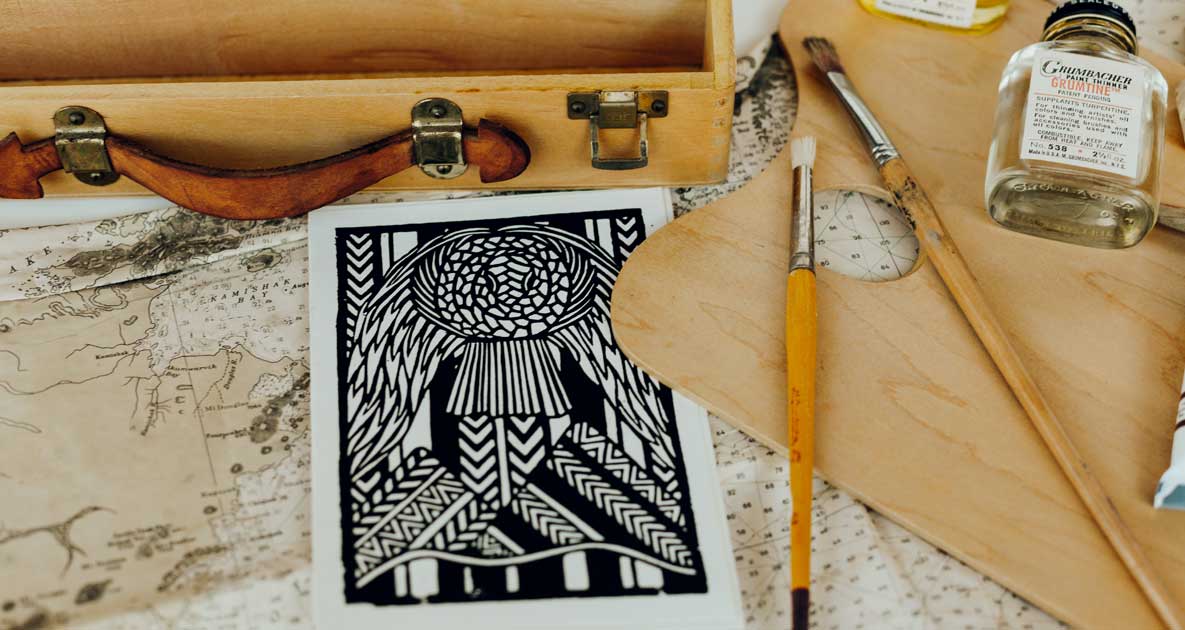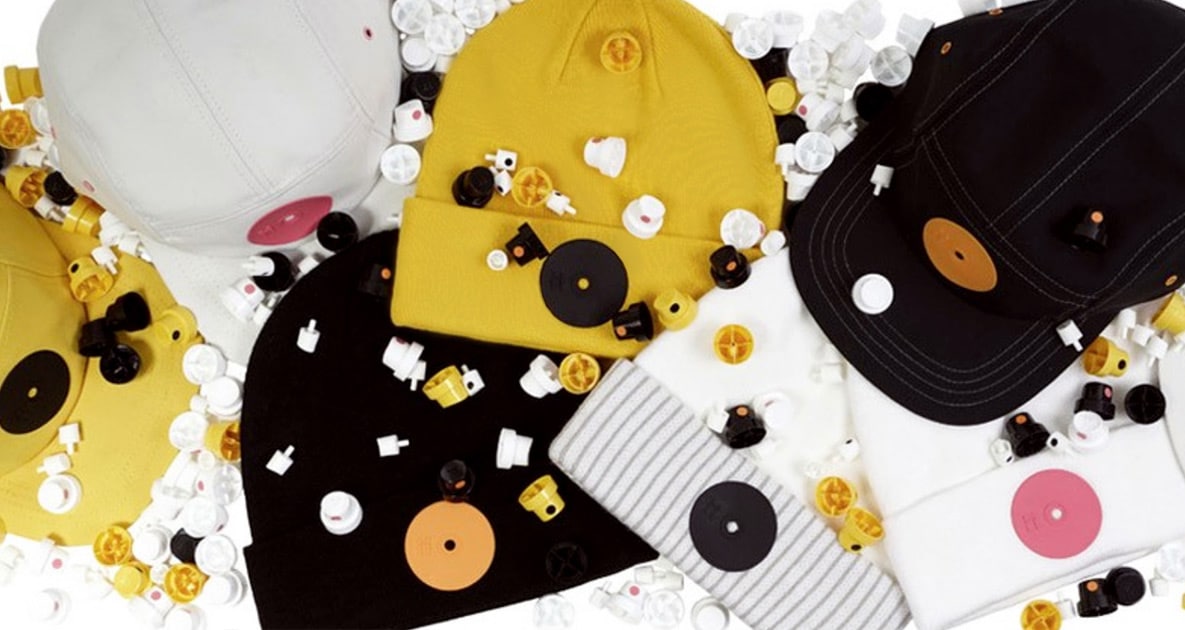We use cookies to make your experience better. To comply with the new e-Privacy directive, we need to ask for your consent to set the cookies. Learn more.
Posca markers | The paint markers for endless creativity

The Posca markers, you probably already know them. Posca markers have been popular in the graffiti scene since the 1980s, but are increasingly used for other creative expressions as well. The Posca paint markers are incredibly versatile, not only because there are 66 paint colors available, but also because they can be used on a wide variety of surfaces.
The unique water-based paint formula offers both matte and vibrant colors that last a long time. Posca markers can be used for both temporary and permanent applications, depending on the surface. Removing the paint works well on non-porous and smooth surfaces, but not on rough porous surfaces. The markers can be used on glass, wood, plastic, fabric, metal, paper, cardboard, and most other surfaces. They create fine lines on any material, making Posca a highly accessible tool that brings artists and amateurs together around the same passion: creating. This blog explores various ways to use Posca, the different effects you can achieve, and the surfaces you can apply them to.
How to use Posca paint markers?
Firstly, shake the marker well with the cap on before use to mix the paint thoroughly. Press the tip several times on a piece of paper until the tip is saturated with paint. Always store the markers with the cap on after use. The markers are available in 66 colors (including metallic, glitter, and fluorescent) and 8 different sizes. Choose the PCF-350 for calligraphy, the PC-1M or PC-3M for fine lines, and the PC-5M and PC-7M for universal use across all designs. For quick coverage of large areas, the PC-8K and PC-17K are ideal.
What effects can I achieve with the markers?
There are various effects you can achieve with the paint markers. You can use them on their own or enhance them with these techniques.
-
Watercolor
Posca markers can also be used as watercolor markers! For a watercolor effect, use a brush dipped in water on the wet paint. Use watercolor paper for this technique. Brush over the wet paint and observe the beautiful effect. Painting and drawing with watercolors becomes incredibly easy this way. This technique is ideal for both beginners and advanced watercolor artists. -
Mixing paint
Create a unique shade by blending the colors while the paint is wet. You can blend colors on the surface by smudging them together with the tip or a brush. If the tip gets dirty, clean the paint easily under running water. Then press the marker again a few times to restore the original color. -
Layering
The dense, opaque Posca paint is perfect for layering! Dark colors can be applied over lighter ones, and vice versa. Wait for the paint to dry before applying another layer; fortunately, Posca paint dries quickly. -
Splatter effect
Create a splatter effect by blowing gently (and with control) on the paint-saturated Posca tip. It's advisable to test this technique on a blank piece of paper or cardboard before trying it on your artwork. Practice makes perfect! This technique works best with broad tips like PC-3M, PC-5M, PC-7M, PC-8K, and PC-17K.

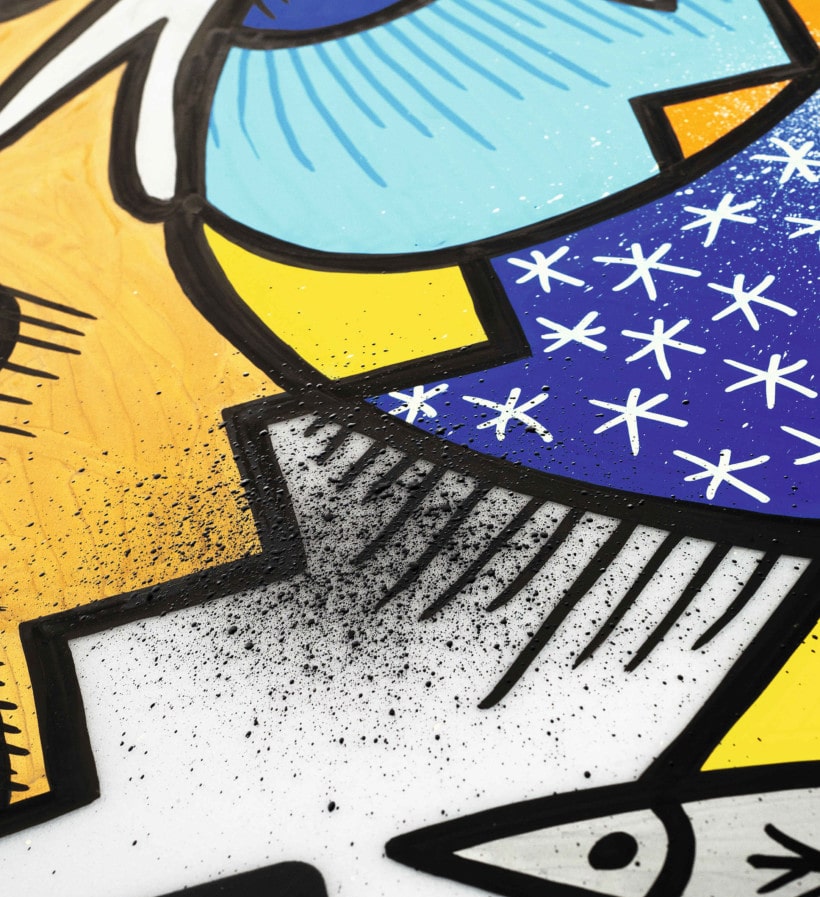
On which surfaces can I use the markers?
Posca is a design tool for all surfaces, but the application method varies depending on the surface. Here’s how to achieve the best results on each surface:
-
Posca on fabric and textiles
Design your own sneakers, backpack, bag, pillowcase, hoodie—whatever you like! Before using Posca markers, it's important to wash the fabric in a washing machine to remove any dirt. For materials that cannot be washed, such as leather, simply wipe with a damp cloth. It's recommended to place a piece of paper or cardboard underneath the material when using the paint markers. Once your work is finished and dry, make it permanent by ironing it inside out without steam. Note: once the paint sets, it cannot be removed from clothing. Place parchment paper between the iron and your design for added protection. If the material cannot be ironed, use a hairdryer. -
Posca on wood
Customize your skateboard, guitar, or surfboard! Posca markers work well on wood, but for treated or varnished wood, it’s advisable to sand it lightly beforehand. For reused or recycled wood, clean it with water and a soft sponge and let it dry. Wood absorbs a lot of paint, so expect to apply multiple layers. Once the paint is dry, apply two coats of water-based spray lacquer in slow circular motions. Note: removing Posca paint from wood is difficult—it's intended to be permanent. -
Posca on glass
Design your mirrors, windows, carafes, and glasses. Before designing, clean the surface thoroughly with a cloth to ensure it's completely clean. Line work yields the best results; areas that need to be colored will require multiple layers for full coverage. Removing paint from glass is possible with water or by applying two layers of lacquer to make it permanent. Use the marker for writing or drawing on glass.
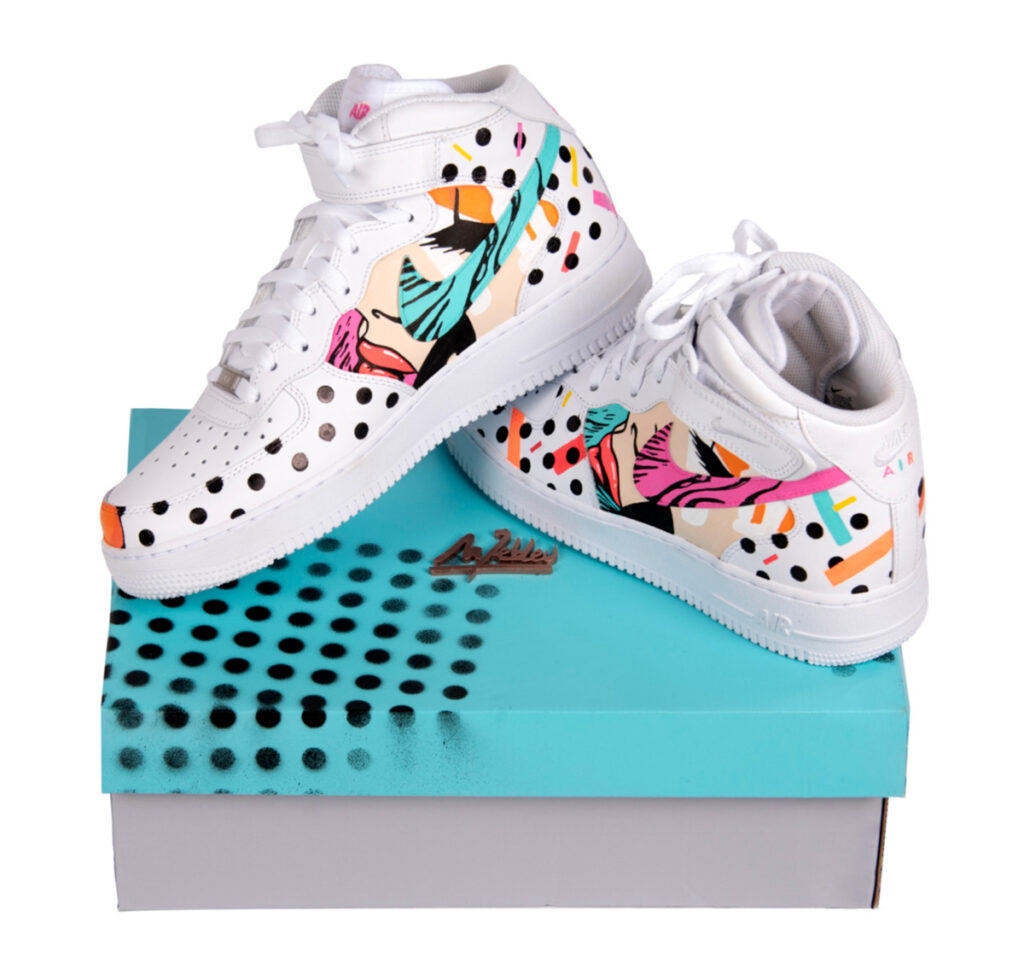
Sneakers door Monisuer Lebleu
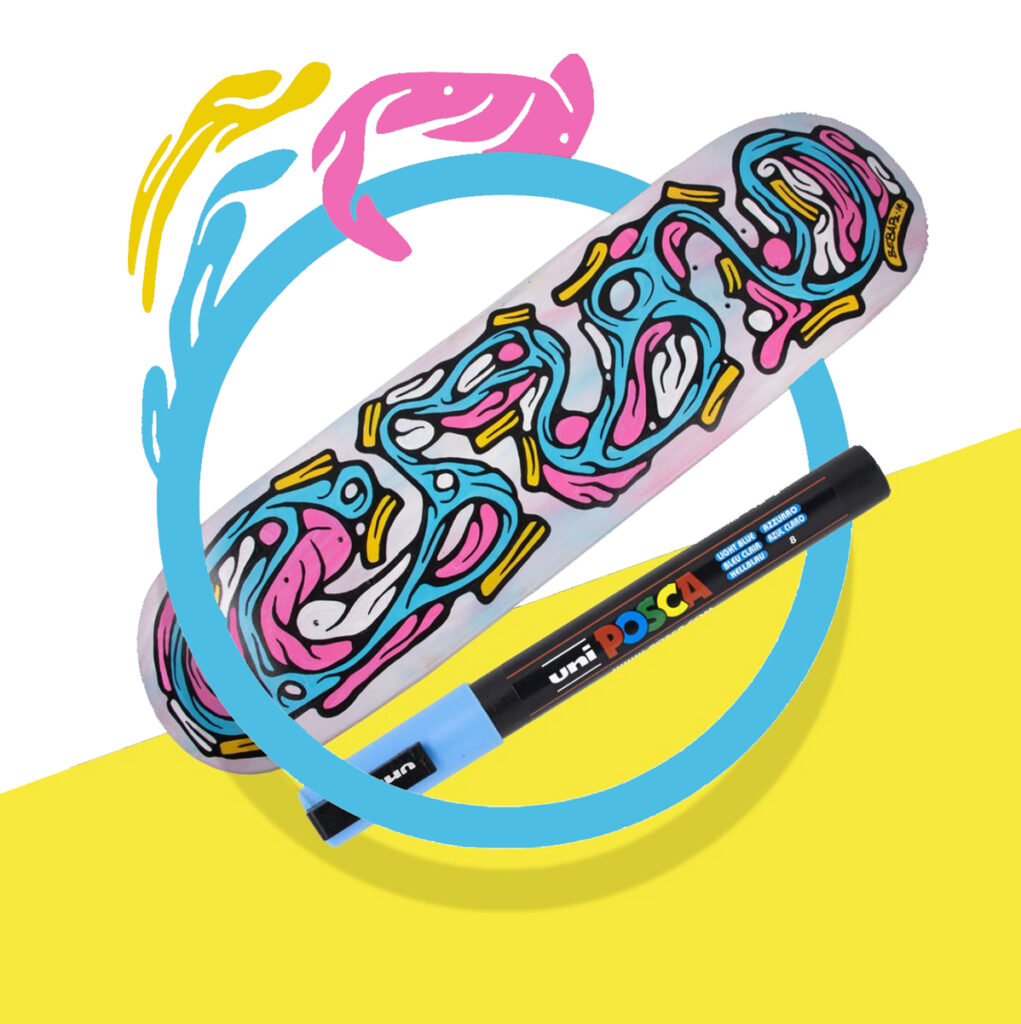
-
Posca on ceramic
Give your dull old pots a new lease on life! Before starting your creation, clean the surface with a cloth and ensure it's dry. The result will be temporary if the ceramic is treated (e.g., glazed porcelain) and permanent if the ceramic is rough (e.g., baked clay). Rough ceramic is porous and will require more layers. Once your work is dry, fix it. For treated ceramic, fix the design with a water-based spray lacquer, spraying from 30cm away in small circular motions. For rough ceramic, bake it in the oven: preheat to 220°C, then turn off the oven and let the temperature drop before removing the object. To fix porcelain, follow the same process at 160°C for a maximum of 45 minutes. To optimize durability, apply a water-based varnish or glue varnish. Rinse with cold water after applying. Note: if you decorate with Posca paint, the object can no longer be used for food purposes. -
Posca on plastic
Decorate your phone case or lunch box. Posca paint adheres perfectly to plastic! Minimal preparation is required—just ensure the surface is dust-free and grease-free. Once your work is done, apply two coats of spray lacquer. -
Posca on metal
Customize your water bottle, watering can, or bike. Similar to plastic, minimal preparation is needed for using the paint markers on metal. Ensure the surface is clean, then unleash your creativity. Once your work is finished, apply two to three coats of water-based lacquer over your design. Removing paint from metal is easy if it's smooth; if it's rough, the paint is permanent. -
Posca on minerals
It's incredibly popular to decorate stones with unique designs, and for good reason—it's a lot of fun! Posca markers work well on stone; just ensure the surface is clean and apply lacquer once your work is dry. They're markers for painting stones! -
Posca on paper, cardboard, and canvas
Back to basics! It's fun to decorate your shoes and skateboard, but paper, cardboard, and canvas are essential materials in the art world. There's no specific preparation needed for these materials, but you can always apply a paint primer or spray lacquer.

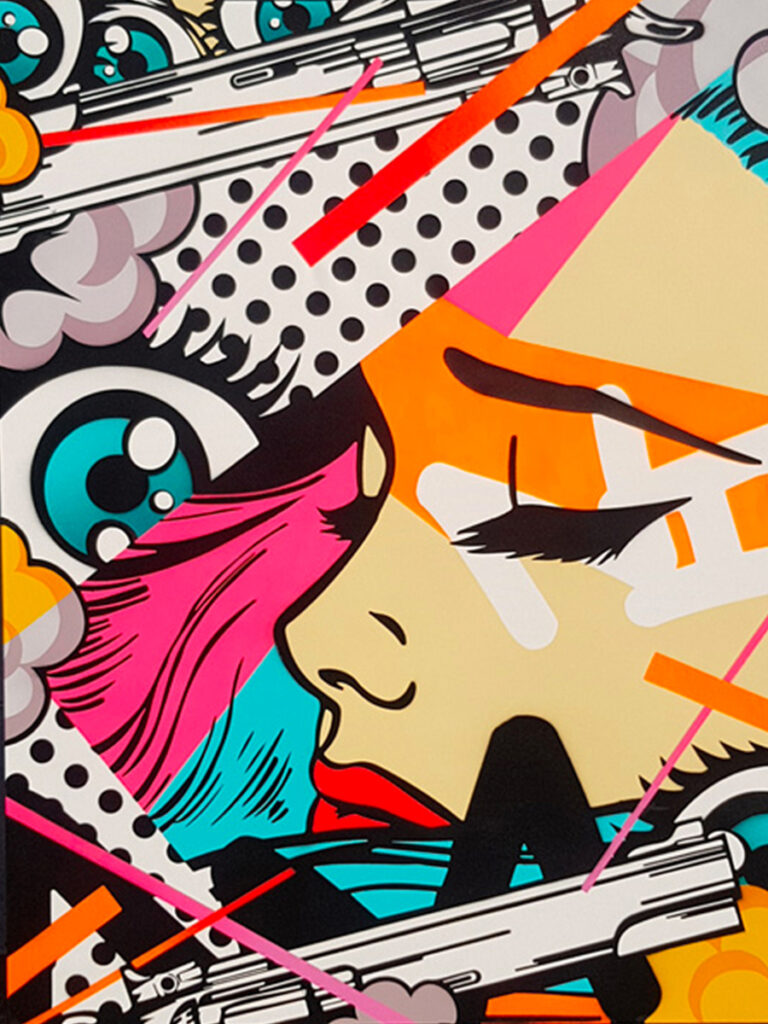
Pulsions door Monisuer Lebleu




